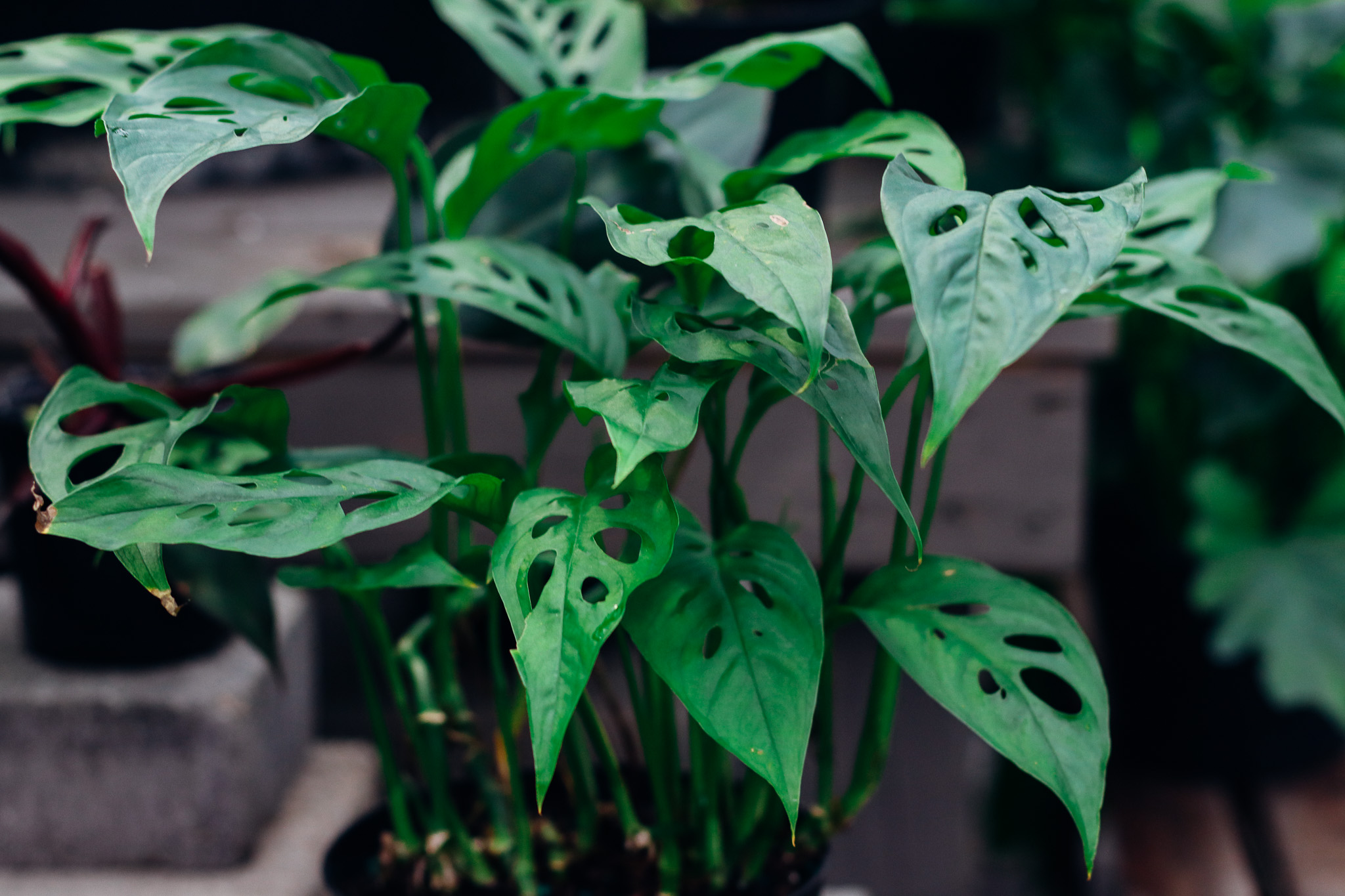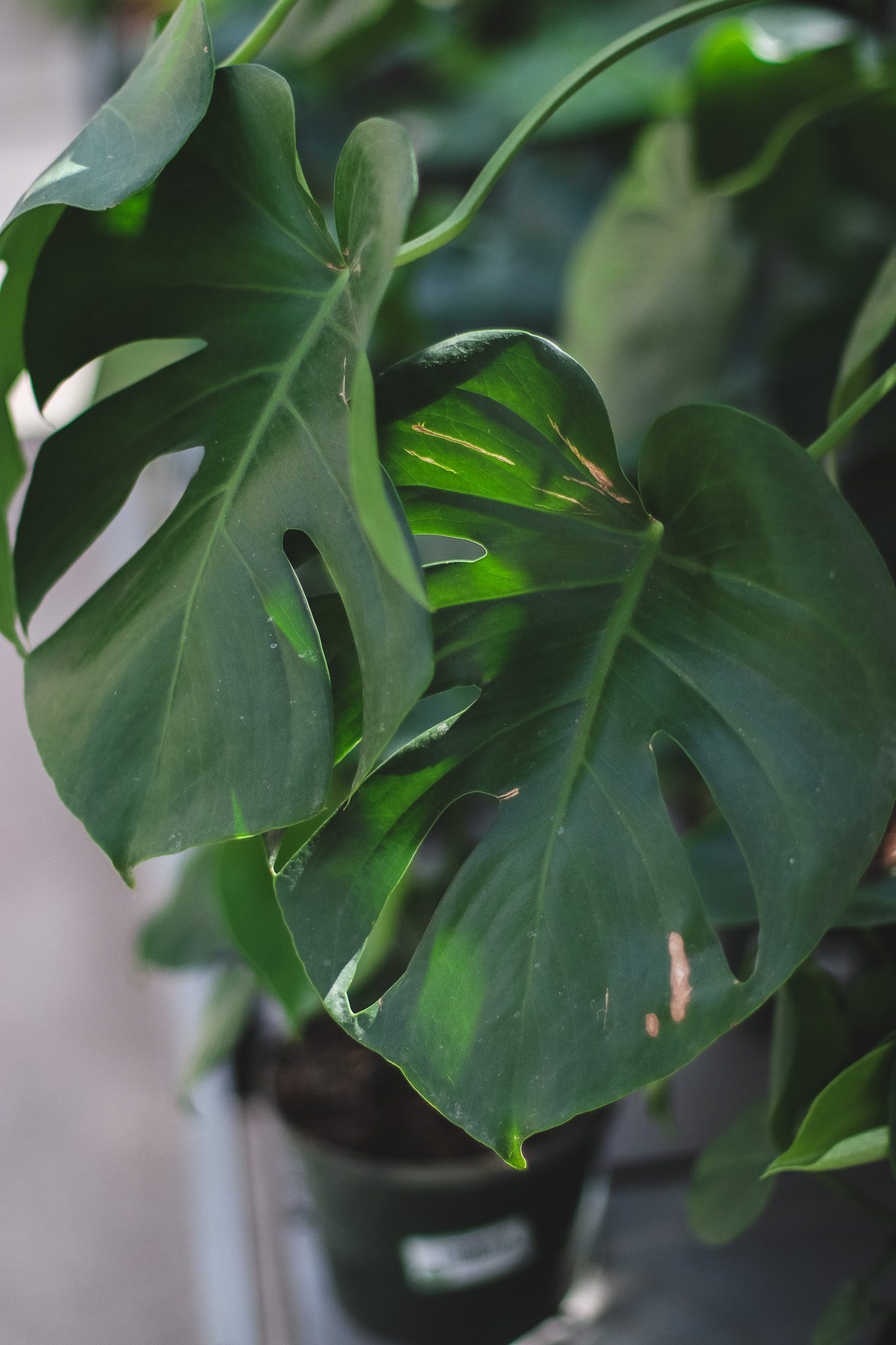Welcome to the jungle, plant enthusiasts! If you've ever wanted to bring a touch of the tropics into your home, look no further than the fascinating world of philodendrons. These lush and leafy companions are not just easy-to-care-for plants; they come in a wide variety of styles to suit your home. In this blog, we will teach you everything you need to know about these charming botanical buddies.



Philodendrons 101: Meet these Green Celebrities
The history of Philodendrons, as houseplants, is a fascinating journey that spans centuries. Originating from the Caribbean, Colombia, and Venezuela, philodendrons first caught the attention of plant enthusiasts for their unique foliage and adaptability.
- Discovery and Naming (1644-1829): Philodendrons were officially described in 1644, marking the beginning of their botanical recognition. However, it wasn't until 1829 that they were given the name "Philodendron." Derived from Greek, where 'philo' means 'love' or 'affection,' and 'dendron' translates to 'tree,' the name beautifully captures the plant's characteristic climbing behavior, symbolizing a 'tree hugger.'
- Introduction as Houseplants (19th Century): As European exploration expanded, so did the interest in exotic plants. Philodendrons, with their lush foliage, became a prized addition to botanical collections. The 19th century witnessed a surge in bringing these tropical beauties indoors, marking the beginning of their journey as houseplants.
- Cultivation and Hybridization (20th Century): The 20th century saw a surge in the popularity of houseplants, and philodendrons were no exception. With advancements in cultivation techniques, these plants became more accessible to the general public. Additionally, hybridization efforts led to the creation of new and diverse philodendron varieties, adding to their allure.
- Modern Era (21st Century): Philodendrons have solidified their place as beloved houseplants in the 21st century. Their adaptability to various indoor environments, low-maintenance nature, and striking foliage make them a favorite among plant enthusiasts!
Philo-mania: Why We Love Philodendrons
Philodendrons stand out as exceptional houseplants for numerous reasons, making them a delightful addition to any indoor space. Renowned for their striking foliage and versatility, these plants effortlessly elevate the aesthetic of your home or office. Their adaptability to varying light conditions, coupled with a wide array of unique varieties, allows you to find the perfect philodendron to suit your style. Beyond their visual appeal, philodendrons are known for their resilience, requiring minimal maintenance while thriving in diverse environments. Whether you're a seasoned plant enthusiast or a beginner in the world of indoor gardening, the philodendron's enduring charm and ease of care make it an ideal choice for infusing greenery and vitality into your surroundings.
Philo-nomics: Low Maintenance, High Style
If you've been burned by finicky plants in the past, fear not! Philodendrons thrive on neglect, making them the perfect companions for busy plant parents. Here’s some philodendron care tips you to get you started:
- Light: Provide bright, indirect light for your philodendron. They can tolerate lower light conditions, but they thrive in well-lit areas. Avoid direct sunlight, as it can scorch their leaves.
- Watering: Allow the top inch of the soil to dry out before watering. Philodendrons prefer slightly moist soil but can suffer from overwatering. Adjust the frequency based on the season – they may need more water in the growing season and less during winter.
- Soil: Plant your philodendron in well-draining, peat-based soil. A mix designed for aroids or tropical plants works well. Ensure the pot has drainage holes to prevent waterlogging.
- Temperature and Humidity: Philodendrons thrive in temperatures between 65-80°F (18-27°C). They appreciate higher humidity but can adapt to average indoor levels. Mist the leaves occasionally or use a humidifier, especially in dry climates.
- Feeding: Feed your philodendron with a balanced liquid fertilizer during the growing season (spring and summer) every 4-6 weeks. Reduce or eliminate fertilization during the fall and winter when growth slows.
- Pest Control: Keep an eye out for pests like spider mites and scale. Wipe the leaves with a damp cloth regularly to prevent dust buildup, which can attract pests. If needed, treat pests promptly with insecticidal soap or neem oil.
And there you have it – everything you need to know about philodendrons, your new leafy confidantes. Whether you're a seasoned plant parent or a greenery newbie, these charismatic botanical buddies are sure to win your heart. So, bring home a philodendron or two, and let the green adventure begin! Happy planting! To keep inspired and grow with us, follow us on Facebook, Instagram, Pinterest, and TikTok to dig into the joys of gardening!
